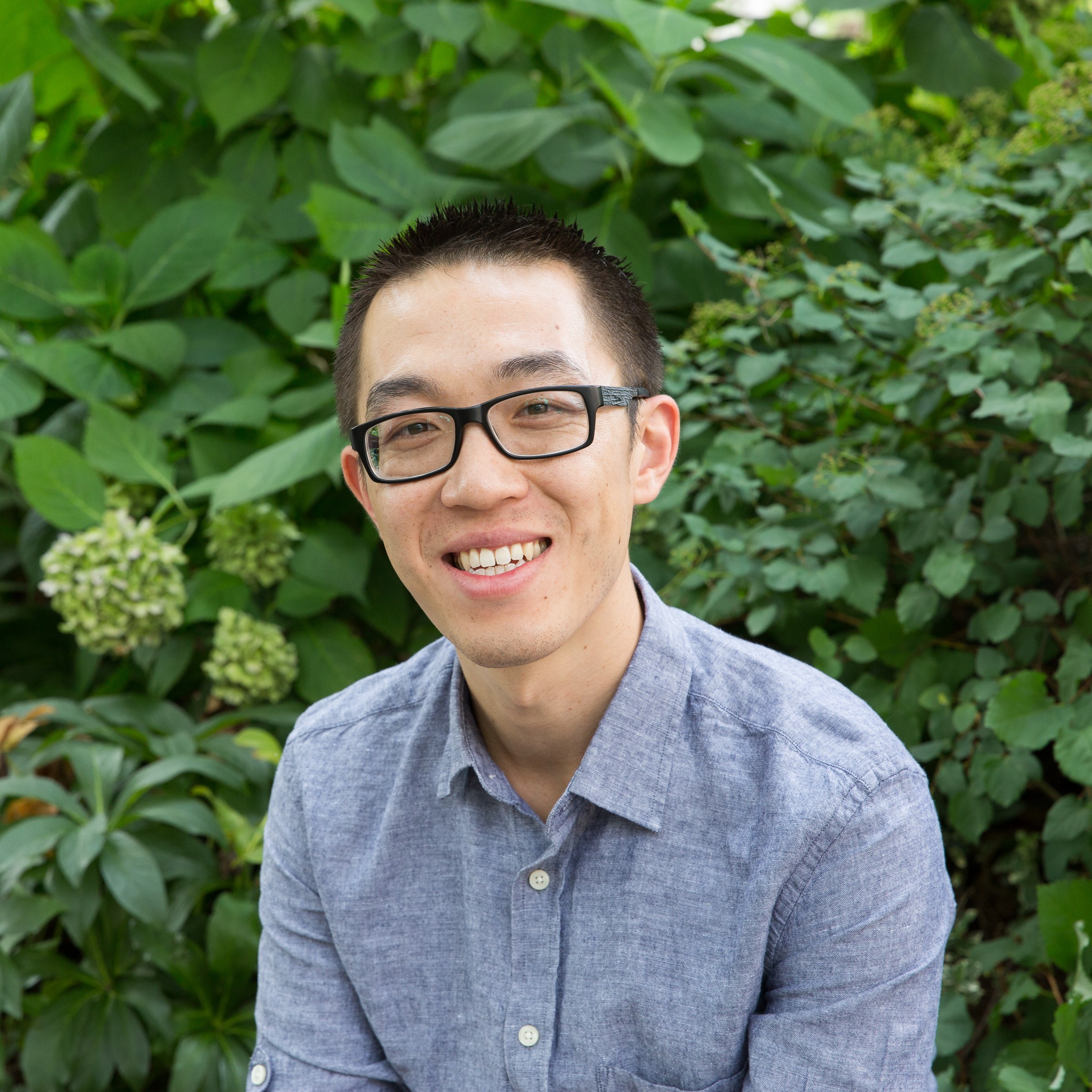EE 42/100, Electronic Techniques for Engineering
Course Overview
These course numbers are no longer active in Berkeley EECS’s catalog, but when they were available, EE 42 was offered for CS undergraduates and EE 100 was offered for undergraduates in non-EE engineering fields. When I taught this course, the material served as a broad overview to circuits analysis and simple synthesis. Prerequisites included single-variable calculus and lower-division physics. The course roughly covered five different units.
- Basic circuit components and topologies, including circuit equivalents and amplifier models
- Time domain transients and analysis, including both first- and second-order circuits
- Frequency domain analysis, with an emphasis on understanding transfer functions and filters
- Nonlinear circuit elements and models, including diodes and MOSFET transistors
- Digital circuits, starting with logic gates and building up to simple multiplexors, latches, counters, etc.
Course evaluation was based on a combination of problem-solving abilities as well as a lab component, for the students taking EE 100. The former was based on a series of weekly or biweekly homework assignments as well as two or three in-class exams; the latter included weekly laboratory assignments and often a final project.
My course ratings can be publicly viewed on Berkeley’s HKN website.
Lab Component
As a lab TA, I oversaw lab sessions of 20-40 students, in which students would often form groups of 2 or 3 to complete a lab assignment, usually related to recent content covered in lecture. My roles included helping students understand their assignments, assisting with debugging their circuits, and providing assessment. During my tenure, the equipment used remained mostly unchanged: digital multimeters and power supplies, oscilloscopes, breadboards, and basic circuit components, both linear and nonlinear. Different applications and assignments were created over the semesters, including soldering, strain gages, audio amplifiers, oscillators, filters, boost converters, and ADCs. Sometimes students were also expected to interface with their circuits through software like Labview or MultiSim. At the end of the semester, students were usually expected to complete a final project, which often consisted of many components and required significantly more time to complete, such as an AM radio.
Selected Course Notes
As an instructor I was able to finally type up some of the hand-scribbled notes that I had been using through the semesters. Some were done in conjunction with my TAs.
